In case you hadn’t noticed (and we’re pretty sure you have) the price tags on our favorite handbags keep going up, up, up. Despite this, few are veering away from Chanel, Hermès, Louis Vuitton, and Dior, just to name a few. So we’re wondering: do we really care if we have to dig deeper in our pockets for these purchases? Or perhaps, just maybe, the higher the price, the more we want it. When not everyone can afford it, ownership may be a privilege
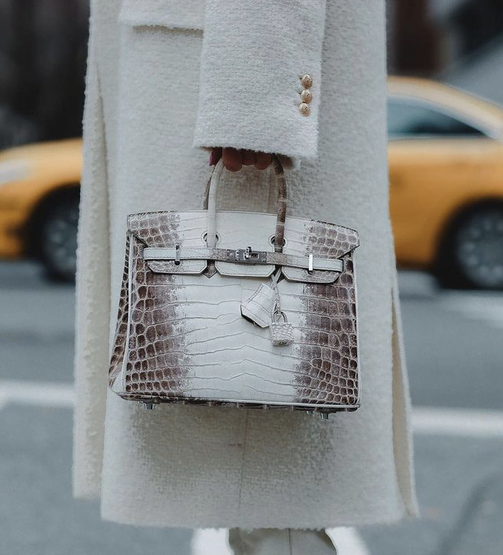
Image Credit: @nohastyleicon
A Quick Walk Down Memory Lane...
Time after time, the cost of goods and services increases. Whether due to inflation, labor shortages, or an increase in the cost of raw materials, we are accustomed to industry economics resulting in higher prices. Not to worry – we will spare you a lecture on economics today. Rather, some recent light reading got us thinking about why we keep buying as prices keep rising.
Naturally, our focus is on luxury goods and, in particular, handbags. Clearly not commodities or needs, these are purely discretionary purchases. As such, one might expect that during an international crisis – like, ahem, a global pandemic – demand would fall and consumers would become more sensitive to price hikes.
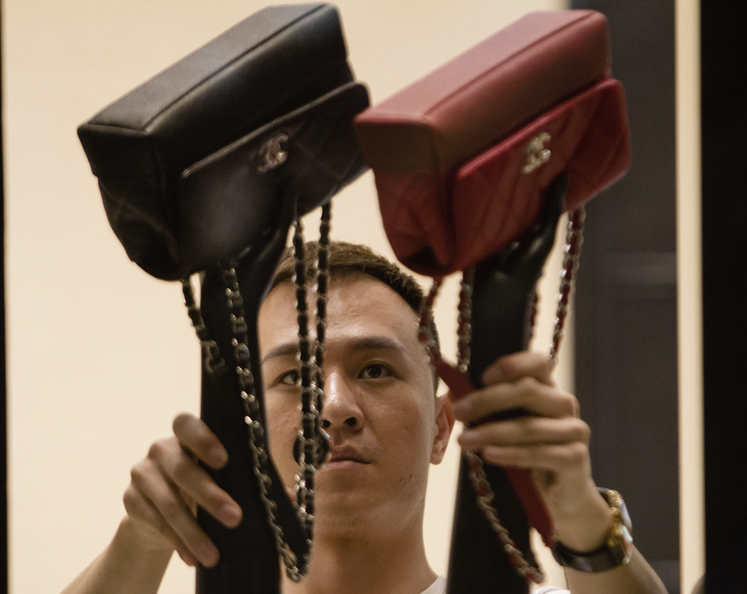
Image Credit: NPR
In fact, however, high end luxury brands experienced the opposite. It seems as though these increases are occurring more and more frequently. Just look at what Chanel and Louis Vuitton did over the last 18 months. Multiple price increases within short time periods with yet another prospective increase on the horizon.
As we have discussed before, many luxury buyers don’t understand why top brands would choose to raise their prices now. When the basic tenets of everyday life such as employment and housing have in and of itself become vulnerable targets to such a socioeconomic plight, why would luxury goods go from expensive to jaw-droppingly expensive? These increases are not explained simply as higher costs for raw materials or labor. Nor are they due to shortages and supply chain issues.
This seems to be something different, at least in part. Some might call it exclusivity – the ability to obtain something others can’t get and don’t have. Clearly, part of this is limited supply – there’s just not enough available for everyone who wants it. But another part of this is, not everyone who wants it, can afford it. And as the price inches (or leaps) higher, even fewer can.
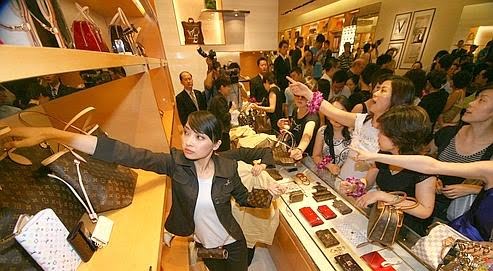
Image Credit: Reuters
It is this very notion, though, that has got us thinking. In the grand scheme of things, do the price increases really even matter? If we are still willing to buy Chanel and Hermès, despite their astronomical prices, does that mean we have agreed to pay whatever it takes? Moreover, are these price increases worth it?
A Few Customers Here, A Few Customers There, What’s the Big Deal?
The short answer to whether rising prices matter? Probably not. Items like a Classic Flap or Birkin bag are not FMCGs (fast moving consumer goods). They are not easily and frequently bought and sold like many other day-to-day items. Likewise, the consumer segments for these goods differ. Those who buy luxury goods typically have more disposable income and a heightened desire to acquire purportedly finer crafted items at higher prices.
This is exactly what luxury brands want. Their targets are a small and selective group of loyal clients, who will stick with them. Even better if these consumers also act as ambassadors for the House, its image, and values. It is these same individuals who will lust after luxury goods, regardless of price.
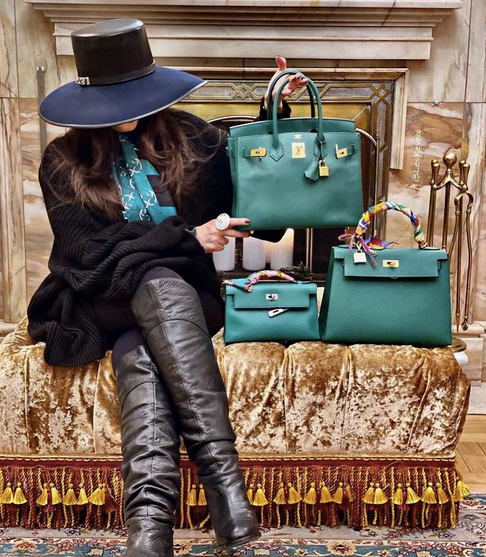
Image Credit: @les.reveal
In fact, when something is already priced selectively, such that not many can afford it, and that same item then becomes even pricier, it almost serves as an impetus to seek out that item even more! Again, as humans, we often want what we can’t have. When it comes to luxury goods, this feeling is amplified.
At the end of the day, it all boils down to marketing- an art that luxury brands have perfected. They have been able to differentiate their products and projected the idea that it simply cannot be found anywhere else. Once they’ve gotten us riled up to the point where our desire for their products simply cannot be satiated by any alternatives, they charge as much as they possibly can. Now that is truly as clever a strategy as it is lucrative.
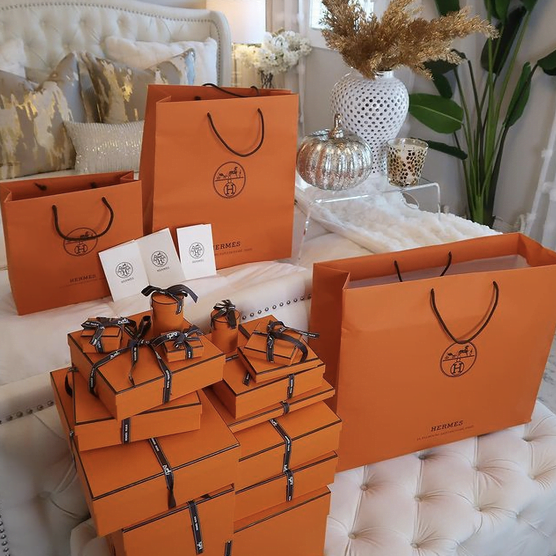
Image Credit: @travelfashiongirll
Rising prices, however, do have the effect of narrowing the customer base. It eliminates those uncomfortable, unwilling, or unable to pay up. On the other hand, perhaps they were not the target consumer anyway. In this sense, the words “luxury,” “scarcity” and “exclusivity” are all interchangeable. So if brands like Louis Vuitton or Chanel lose a couple clients here and there because of prices, they can shrug it off. In fact, they may actually welcome it as their exclusive client base just got more exclusive. What keeps this business practise sustainable? One word- demand (and a whole lot of it).
I See It, I Like It, I Want It, I Got It
Demand has never been higher in the luxury goods industry. In fact, despite the pandemic shutting down stores and limiting travel, the number of people looking to get their hands on a Chanel Classic Flap or Hermès Birkin grew astronomically. It is this same demand, for example, that propelled the coveted Hermès Birkin and Kelly to holy grail status, long before the pandemic.
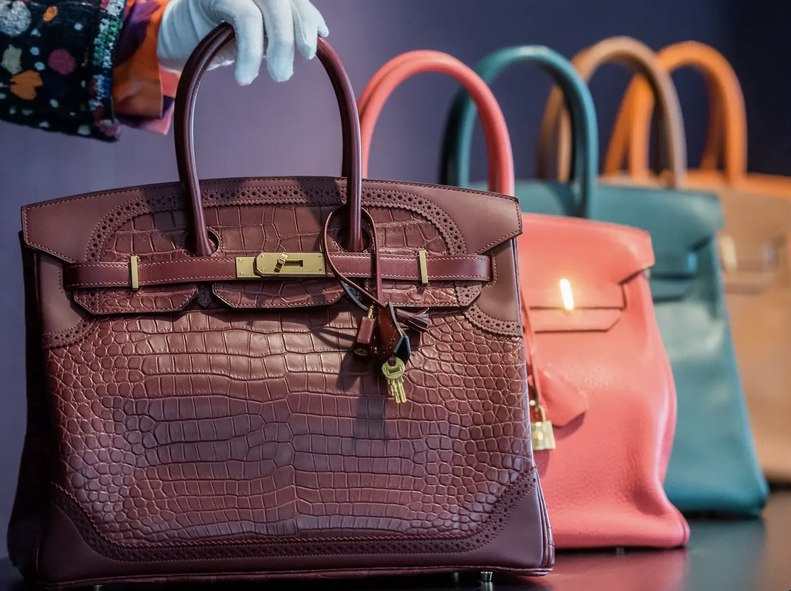
Image Credit: The Guardian
Looking at these Hermès bag, given the limited number manufactured each year, and the ever-increasing numbers clamoring for a bag (or two or three), demand almost has to be increasing. It is not difficult to see how a bag that began with a price tag of a few hundred dollars, now commands thousands. In some cases, the cost even approaches that of a small car (with other models valued the same as a home).
Perhaps it is more surprising that Hermès prices have not increased more. In fact, unlike Chanel and various brands under the LVMH umbrella, Hermès did not significantly jack up prices during the pandemic. On the other hand, you could argue that Hermès already is the pinnacle of luxury. It need not create more exclusivity with higher prices; the bags already are difficult to obtain.
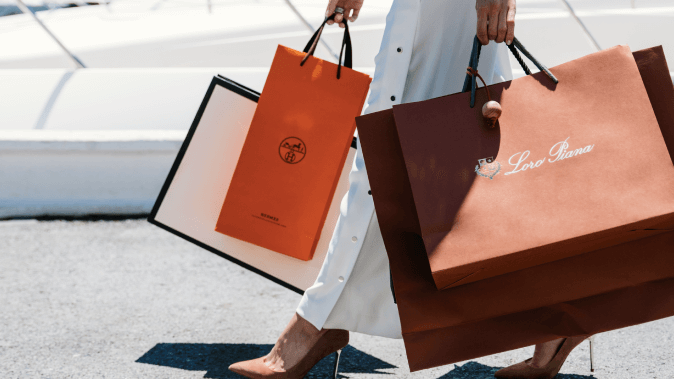
Image Credit: HOLR Magazine
From an economic standpoint, luxury items like the Hermès Kelly and classic Chanel flap are in a special category known as Veblen goods. Nicole Spector, from GoBankingRates and Yahoo Finance, defines a Veblen goods as
a product for which consumer demand increases along with the price, because of its aspirational allure and value as a status symbol. For a Veblen good there is no true substitute.
Such is true of most, if not all, luxury goods. We see them, we like them, we (really) want them and we get them. The desire to acquire the finer things in life, the prettier little things, essentially renders null and void things like prices. However, what we walk away with in our shopping bag, is only half the story…
The Luxury Experience
When it comes down to it, what separates luxury brands like Chanel and Louis Vuitton from the rest of the world’s clothing, shoes and handbag businesses? Is it really just the superior quality of the products? Though that is part of the reason, there is another justification. In fact, there is a luxury experience. When we enter the boutiques of these brands, the feeling we get and the journey we partake in (be it a few minutes or a few hours) is very different than when we visit a grocery or furniture store for example.
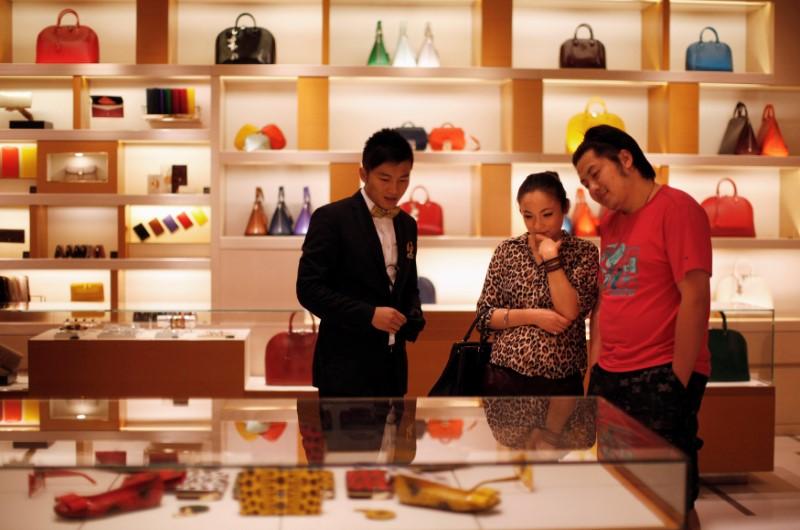
Image Credit: Reuters
Many of you can attest to the notion of being pampered and treated with VIP status. Over the years, luxury brands have recognized that this is in fact part of their brand. As a result, they have refined their in-store customer experience strategy. Make the consumer’s time in a boutique personalized, intimate and special. From champagne and pastries, to complimentary tailoring, repairs and exchanges, isn’t it safe to say that the feeling we get when shopping for luxury goods is different in the best way possible?
The luxury experience has become such a selling point in the industry, that brands like Chanel are hesitant to even make the move to ecommerce. Why? Because product differentiation (and now differentiation in terms of customer experience) is crucial. In a previous article, we shared just how those at the helm of Chanel feel about their customer experience.
Our products require more… Today, e-commerce is a few clicks and products that are flat on a screen. There’s no experience. No matter how hard we work, no matter how much we look at what we can do, the experience is not at the level of what we want to offer our clients
-Bruno Pavlovsky, President- Chanel Fashion
When you have people attending to your needs, looking to address your questions and concerns, and even predicting what you might need in the future, we would be remiss if we didn’t tip our hats off to SAs everywhere for giving us that bubbly, giddy feeling of truly feeling like the most important person in the world… even if it’s just for a few moments. It is this concept that accounts (at least partially) for the high prices of luxury goods. The fact that you are simply not purchasing a product, but partaking in a journey with the brand- a partnership of sorts.
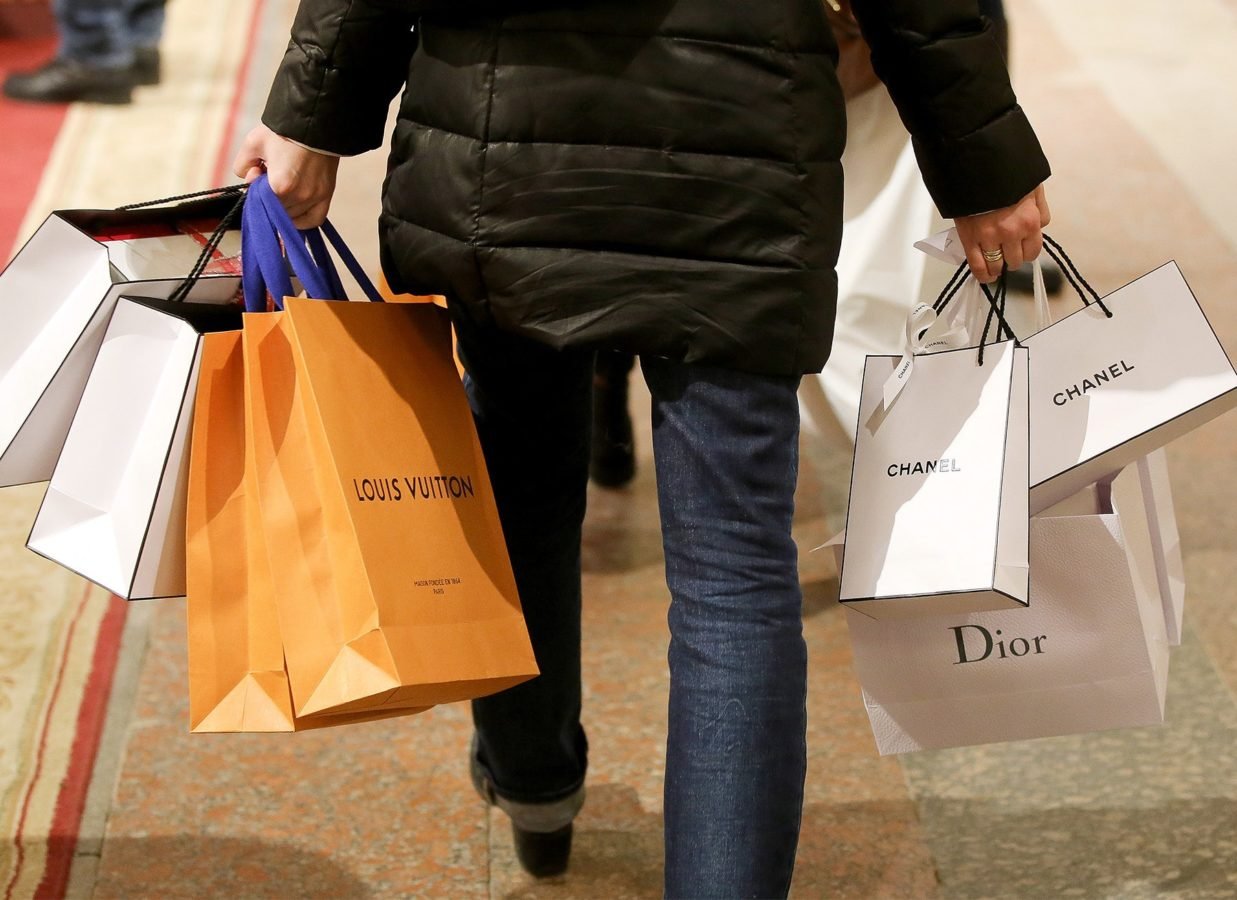
Image Credit: Lifestyle Asia Hong Kong
Thoughts...
At the end of the day, we choose to buy luxury goods. Whether we set our hearts on a new handbag, pair of shoes or item of clothing, the allure that luxury has as being a certifier and celebration of success is truly what plays to our emotions and psyche. Though costly, we strive towards achieving the goal of being a part of the Chanel, Hermès or Louis Vuitton family. Once we have our eyes set on this goal, an increase here or an increase there arguably does not phase us. We now leave the question to you, though. Does our love for these brands and their products supersede the high price we pay for their items? At the end of the day, though we crib and contest price increases, do they really even matter when it comes to our love/hate relationship with luxury brands?…
Love, PurseBop
XO
Updated: October 17th, 2021



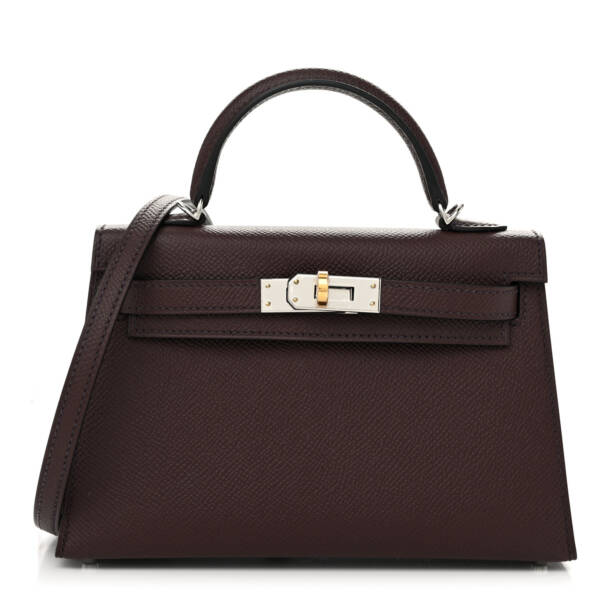
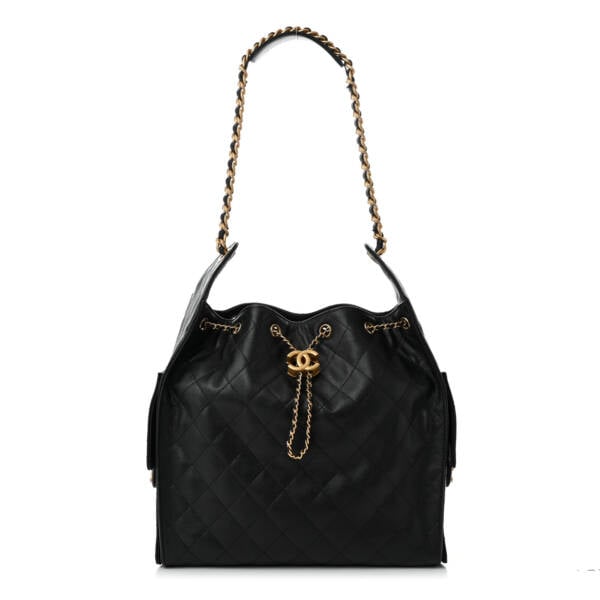
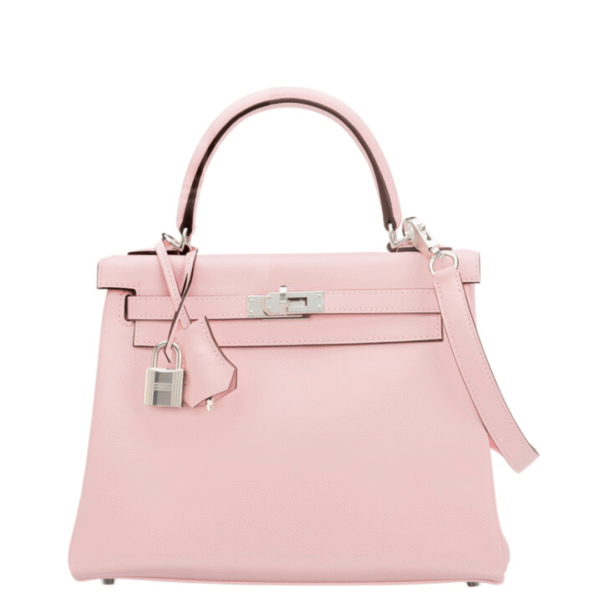
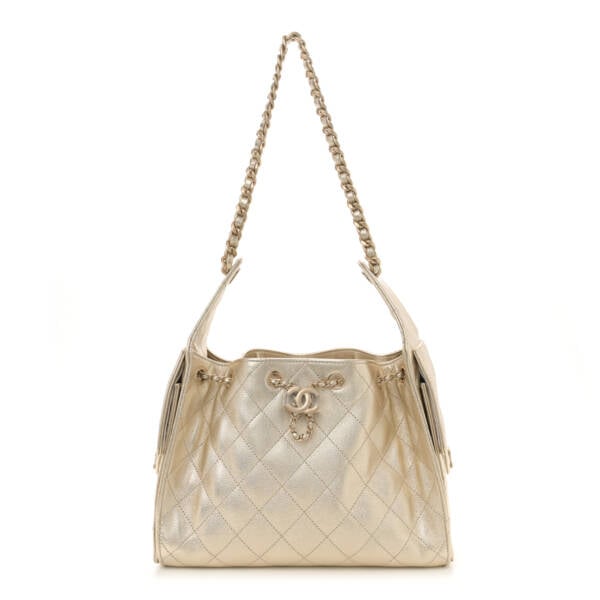
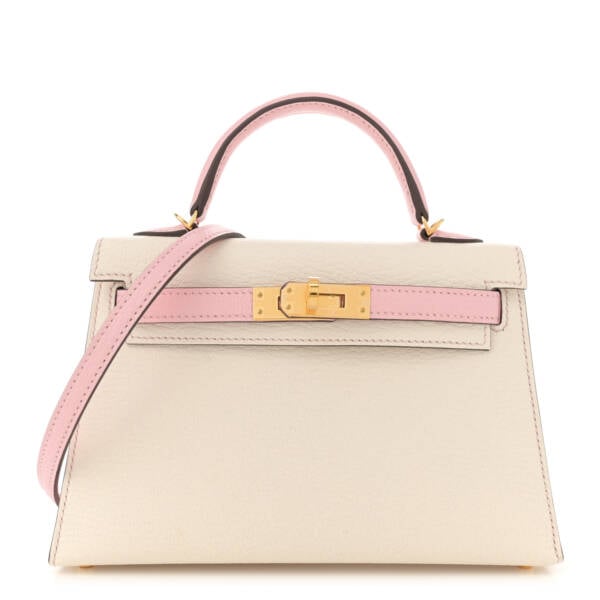
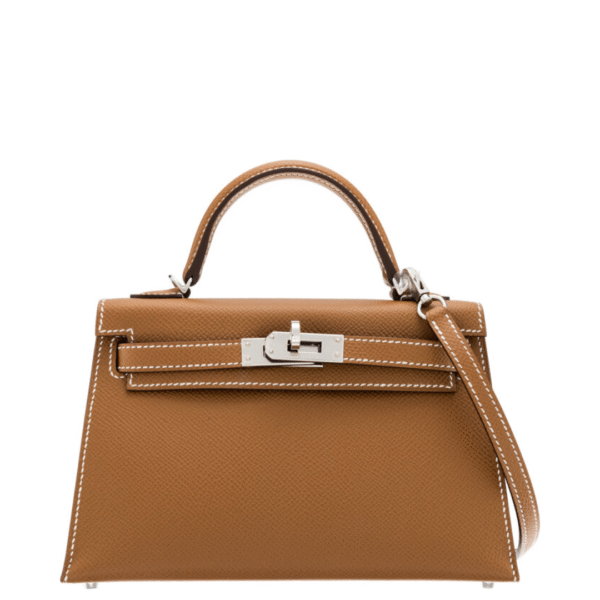
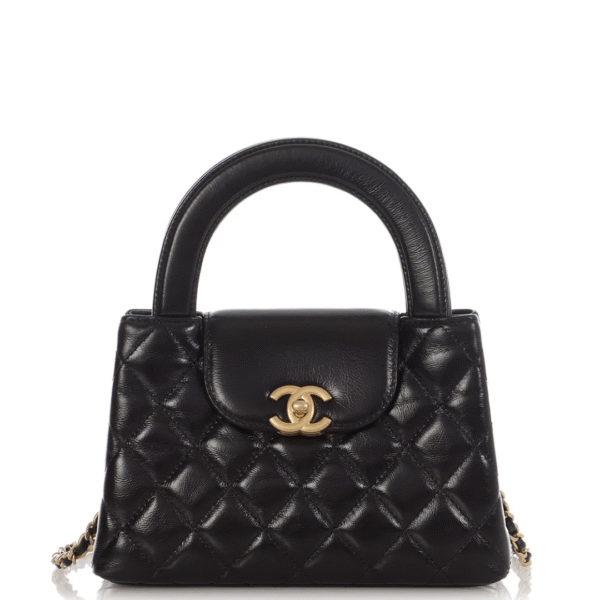
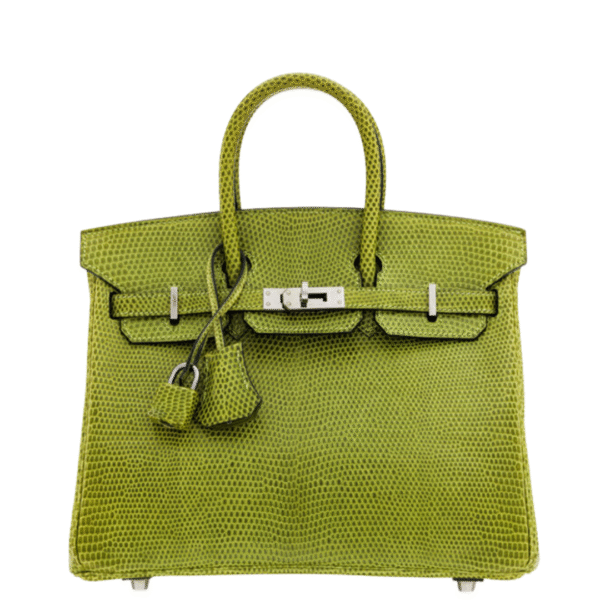
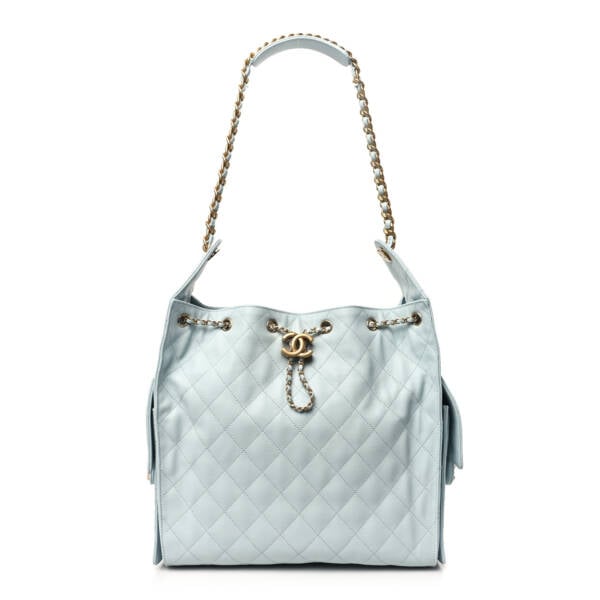
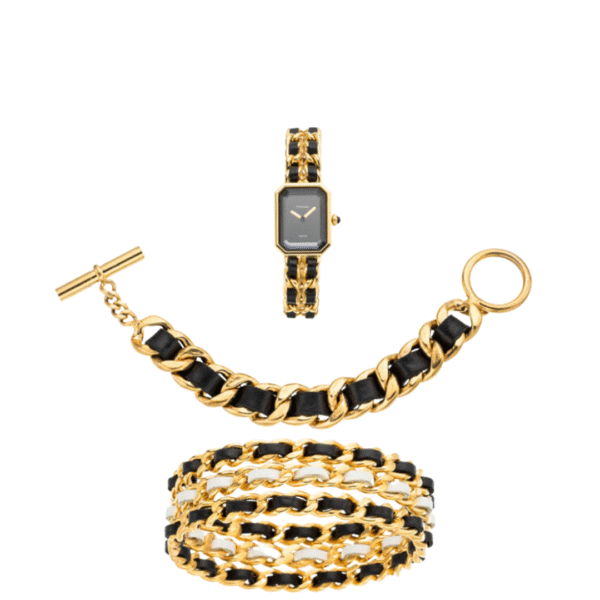
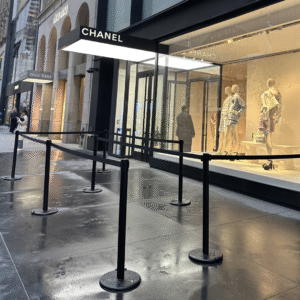
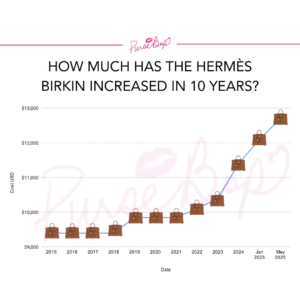
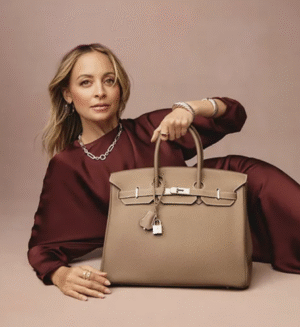


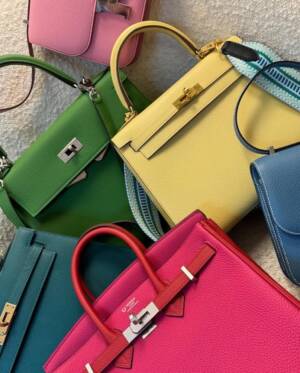

Comments